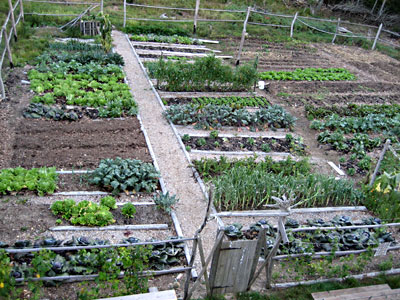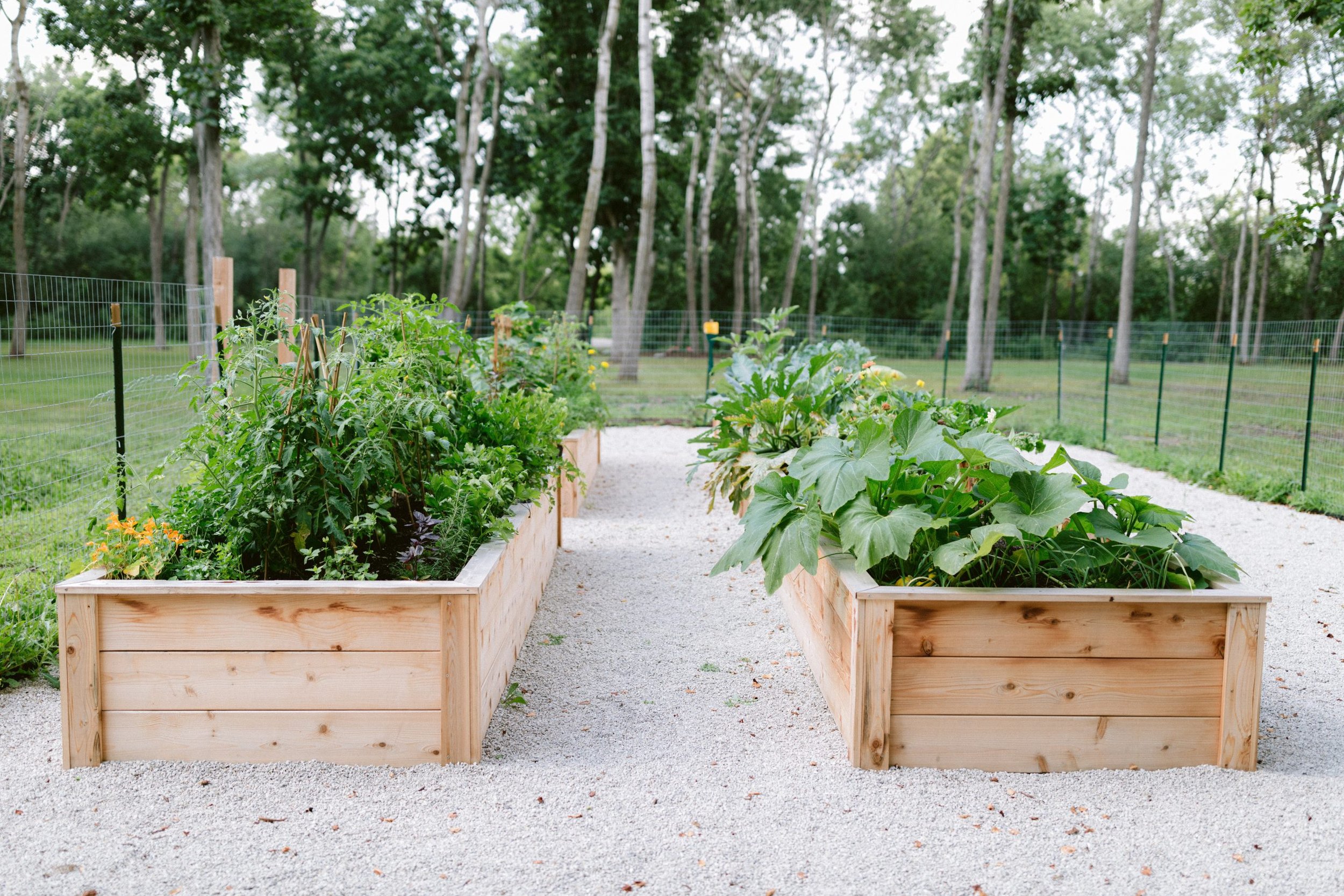The Ultimate Guide to Homestead Gardening
The Ultimate Guide to Homestead Gardening
Blog Article
Learn Just How to Cultivate a Thriving Gardening Setting for All Ability Degrees
Developing a growing garden is a multifaceted undertaking that can be embraced by people at any kind of ability level. By checking out key elements such as dirt health and wellness, suitable plant option, and seasonal treatment routines, one can create a sustainable horticulture technique that produces satisfying outcomes.
Recognizing Your Yard Room
In the realm of gardening, understanding your garden room is vital to growing a thriving landscape (Homestead Gardening). The primary step in this venture entails examining the certain characteristics of your plot. Factors such as dirt make-up, sunlight direct exposure, and water drainage play critical roles in figuring out the suitability of your yard for various kinds of plants
Begin by performing a dirt test to evaluate pH levels and vitamins and mineral web content, which will certainly educate any kind of necessary changes. In addition, observe how much sunshine your space obtains throughout the day. Various plants have differing light needs; some thrive in full sun, while others prefer partial or complete color.

Finally, evaluate the readily available room and plan accordingly. This consists of thinking about plant elevations and spread to ensure adequate room for development without overcrowding. By gaining an extensive understanding of your garden space, you set the structure for an effective horticulture experience.
Choosing the Right Plant Kingdoms
Selecting the right plants for your yard needs careful consideration of different aspects, including environment, dirt problems, and personal preferences. Begin by analyzing your neighborhood environment, as certain plants thrive in certain temperature level arrays and weather patterns. Exotic plants might not endure in chillier regions, while hardy perennials can hold up against harsh winters months.

Consider your individual preferences, including visual appeal and maintenance degrees. Determine whether you prefer lively blossoms, lush vegetation, or edible plants. Furthermore, consider the time and initiative you want to spend in plant care, as some ranges demand more attention than others.
Finally, think of the yard's format and light exposure. Sunlight patterns throughout the day will certainly affect your selections-- some plants call for complete sunlight, while others flourish in color. By thoughtfully assessing these elements, you can create a unified and effective garden customized to your setting and tastes.
Necessary Horticulture Devices
A well-equipped gardener can significantly enhance their horticulture experience and end results. Vital gardening devices are fundamental to cultivating a successful garden, no matter of ability level. Initially, a tough spade is very useful for excavating and transforming soil, while a trowel permits for specific planting and transplanting of smaller plants.
Trimming shears are crucial for preserving plant wellness by getting rid of thick or dead branches, promoting much better air blood circulation and development. Additionally, a hand rake works for clearing debris and freshening the dirt, making certain optimum conditions for article source plant origins.
Gardening gloves safeguard hands from blisters, chemicals, and thorns, making them a necessary accessory. A watering can or hose with a flexible nozzle makes sure that plants receive adequate dampness without overwatering.
Last but not least, take into consideration spending in a durable wheelbarrow for transporting dirt, plants, and tools around the yard effectively. By putting together a quality toolkit that consists of these vital items, garden enthusiasts can tackle different tasks with self-confidence and ease, leading the way for a growing gardening setting. Keep in mind, the right devices not only enhance efficiency however also improve the total pleasure of the horticulture process.
Dirt Preparation and Upkeep
Quality soil is the foundation of an effective garden, making appropriate prep work and maintenance vital for healthy and balanced plant growth. The first step in dirt preparation includes examining its pH and nutrient levels. This can be achieved with dirt testing kits offered at horticulture centers or with specialist services. Based on the test results, modifications can be made to maximize soil problems for particular plant needs.
Incorporating raw material, such as compost or well-rotted manure, is essential for enhancing dirt framework and fertility. This not just improves nutrition accessibility however additionally promotes useful microbial task. In addition, correct drainage is vital; heavy clay soils may require the addition of sand or perlite to improve oygenation.
Regular maintenance of soil health consists of mulching, which preserves dampness and subdues weeds. Moreover, revolving plants annually aids protect against nutrient deficiency and lowers bug and illness dangers. It is additionally important to prevent over-tilling, which can interrupt soil framework and injury helpful microorganisms.
Inevitably, a consistent commitment to soil preparation and upkeep will certainly lead to a flourishing yard, making certain that plants get the vital nutrients they need for durable growth and productivity.
Seasonal Treatment and Monitoring

In springtime, concentrate on growing new seeds and seed startings, while likewise performing soil examinations to change nutrient deficiencies. Consistently inspect for conditions and insects, as these can multiply with the warming weather. Summer season demands regular watering and mulching to retain dampness, together with trimming for website here much better air circulation.
As autumn approaches, it's time to prepare the yard for dormancy. This consists of gathering crops, tidying up particles, and applying a layer of compost to protect plant origins from frost. Take into consideration planting cover crops to improve the dirt during the winter months.
Last but not least, winter season care is crucial. Check frameworks like greenhouses for damage and guarantee correct insulation for delicate plants. Frequently keep an eye helpful resources on for pests that might seek sanctuary inside. By adjusting your gardening practices to the seasonal cycles, you can promote a prospering setting that supports plant wellness year-round.
Verdict
To conclude, cultivating a successful yard requires a detailed understanding of necessary concepts such as dirt make-up, sunshine direct exposure, and proper plant option. Carrying out reliable dirt prep work and maintenance methods, together with using the right tools, fosters an optimum expanding environment. Routine seasonal treatment and monitoring practices even more enhance plant health and productivity. By sticking to these fundamental standards, people whatsoever skill levels can attain a prospering garden that adds to both aesthetic enjoyment and ecological sustainability.
Choosing the right plants for your yard needs careful factor to consider of different aspects, including environment, dirt conditions, and individual preferences. Conduct a dirt test to establish pH levels and vitamins and mineral material, which will assist you in selecting plants that will certainly thrive in your yard.Lastly, take into consideration investing in a durable wheelbarrow for transporting soil, plants, and tools around the yard effectively.Quality dirt is the foundation of an effective garden, making proper preparation and upkeep important for healthy and balanced plant growth. Homestead Gardening.In verdict, cultivating an effective garden needs a thorough understanding of vital concepts such as soil structure, sunlight exposure, and ideal plant selection
Report this page